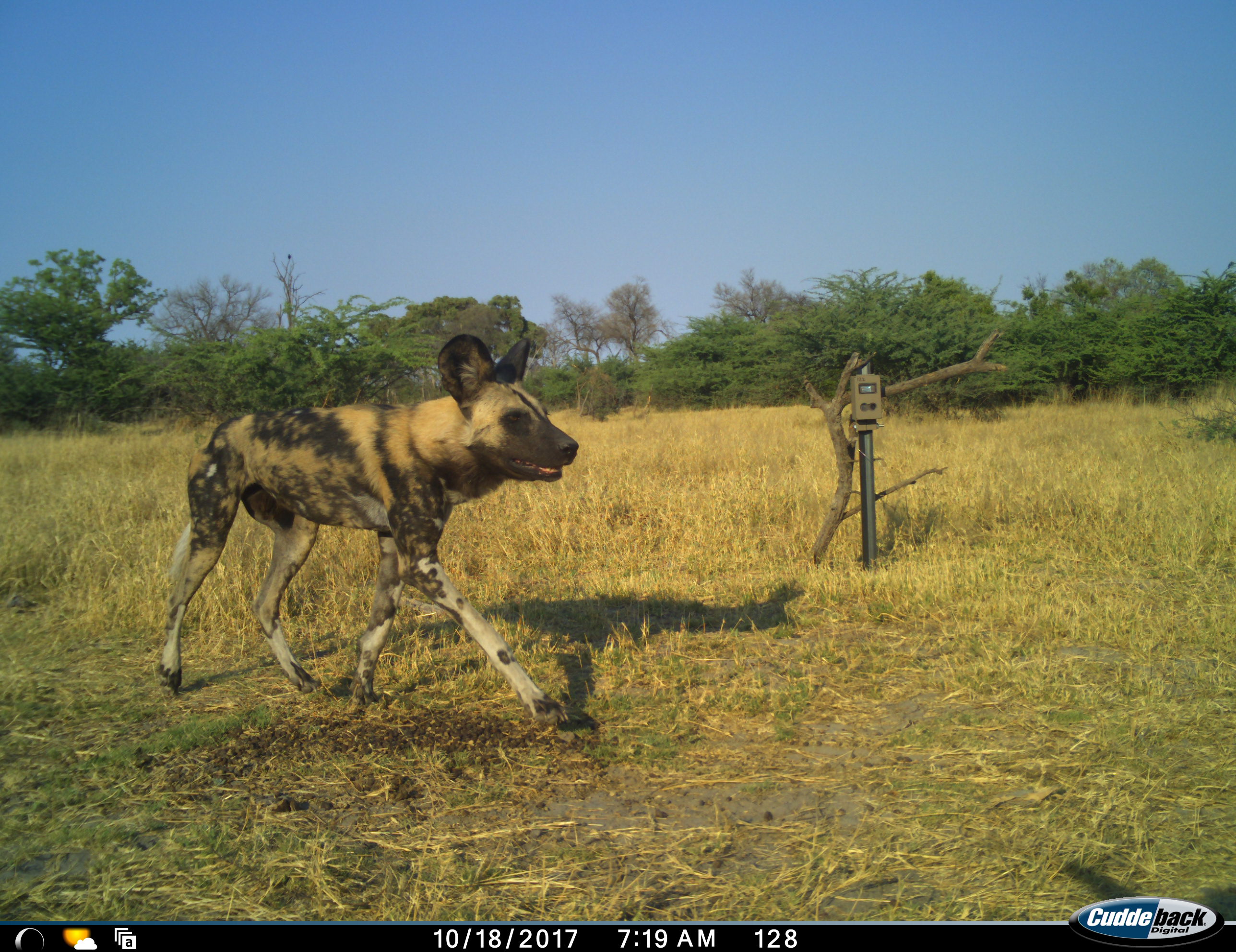News
The Okavango Delta Carnivore Survey
Part of Oxford University’s Wildlife Conservation Research Unit, the Trans-Kalahari Predator Programme, has been operating in Botswana since 2013. Our main focus is the conservation of large carnivores, with a special focus on African lions. Our objectives are two-fold: we aim to conserve carnivores at a local scale by providing practical solutions for human-carnivore co-existence, and at a landscape scale through the identification and conservation of wildlife corridors not only within Botswana, but across the entire Kavango-Zambezi Transfrontier Conservation Area.
Carnivores are extremely difficult to count so population sizes are often unknown. Starting in 2017, the Trans-Kalahari Predator Programme embarked on a four-year journey to survey large carnivores across the major National Parks and Reserves in Botswana, in close collaboration with the Botswana Department of Wildlife and National Parks. An integral part of this plan is a predator population survey across the Okavango Delta, an UNESCO World Heritage Site and one of the most unique and dynamic ecosystems in Botswana. The Okavango Delta is thought to host one of the largest free-ranging lion populations in Africa, and is a vital stronghold for other endangered large carnivores such as cheetah and African wild dog.
Motion-controlled camera trap surveys are currently the most reliable and accurate method for surveying large carnivores, and are thus a valuable tool in producing an updated estimate of large carnivore population sizes in the Okavango Delta. Understanding the abundance and distribution of large carnivores throughout the Okavango ecosystem will play a crucial role in contributing to their conservation in this ecosystem and will help to guide land use management decision making.
Individual surveys are conducted over a period of eight to ten weeks, with the camera traps set up in a grid system, approximately 4km apart. Each camera station consists of two camera traps placed opposite one another and mounted on poles, at shoulder height of the target species. The two cameras enable us to capture images of both sides of the target species, which is vital for individual identification. Cameras are placed on roads or major game trails to maximise the number of animals recorded. The camera traps are relatively discreet, and usually not noticed, particularly during the day. At night, cameras have a white flash which helps produce high quality imagery.








